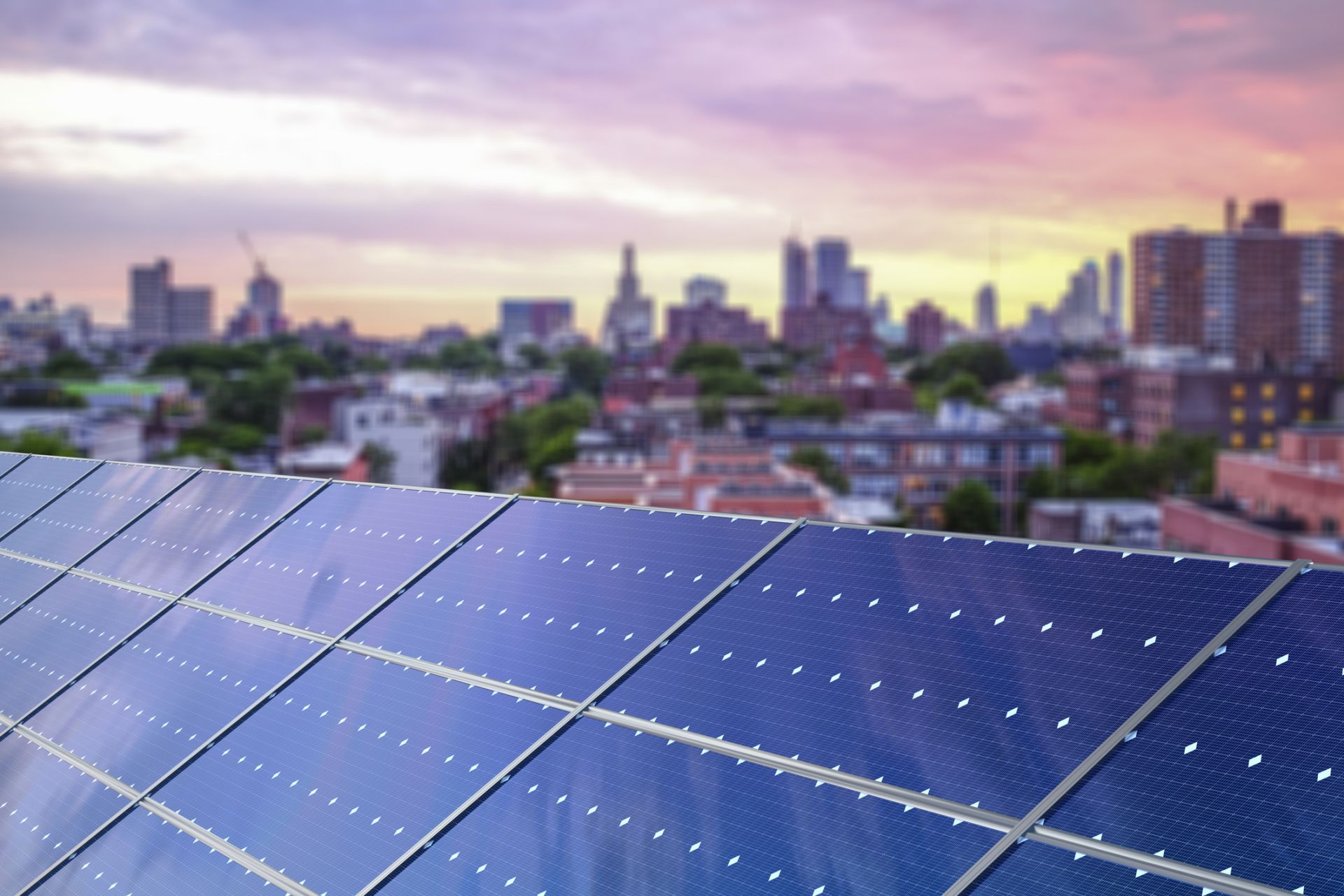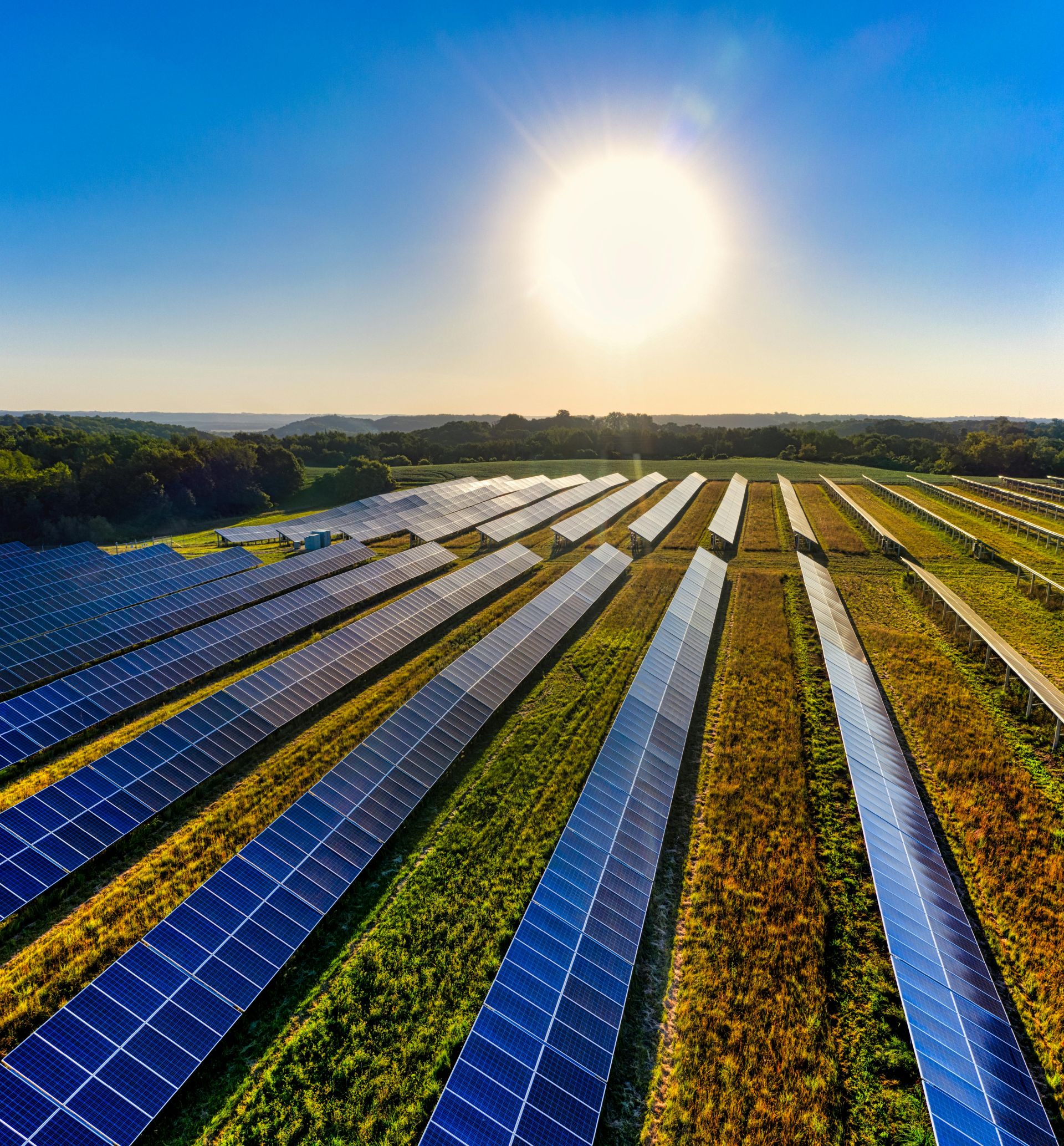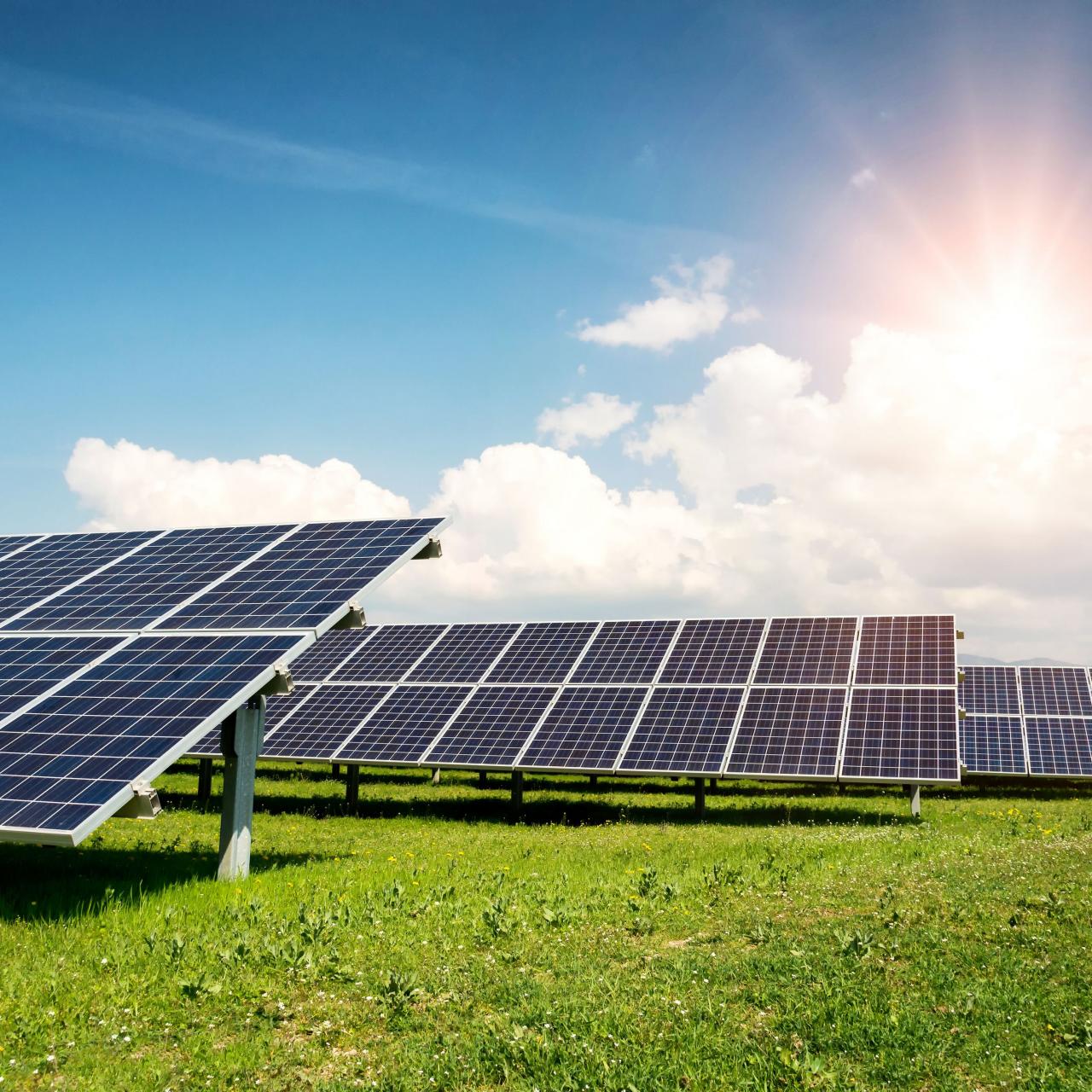Solar Finance
In this unit, CEO Allen Trenton, shares valuable insights tailored for community lenders looking to tap into the growing solar finance sector. From leveraging tax credits to minimizing risks in community solar projects, you'll gain practical strategies and discover how to capitalize on key funding sources like the Greenhouse Gas Reduction Fund. Enroll now to access video highlights and learn how to drive sustainable energy initiatives.
Properly accessing risk ensures that projects can secure financing, meet return expectations, and remain sustainable in the face of changing markets or regulatory conditions. Trenton identified five primary risk categories:
- Counterparty Risk
- Technology/Performance Risk
- Production Risk
- Policy Risk
- Utility Rate Structure Risk
Greenhouse Gas Reduction Fund
Trenton highlighted the enormous potential of the Greenhouse Gas Reduction Fund, which provides up to $27 billion in financing, benefiting nearly 68 organizations and supporting 500-700 community lenders across the U.S. Trenton emphasized that accessing these funds requires careful planning and strategic guidance, which SFIAC can provide.
Dynamic Funding Databases
Attendees raised questions about tracking solar project funding. Trenton recommended the
Database of State Incentives for Renewables & Efficiency (DSIRE) and the
Milken Institute as key resources, while stressing the importance of verifying the currency of data to ensure accurate planning.
Solar Infrastructure as Collateral
Trenton explained that while the market value of solar panels may decline rapidly, their energy output remains stable, offering a viable basis for financing. He also noted that some tax credits are directly tied to the panels, adding to their financial complexity.
Community solar projects offer a lower risk profile by relying on multiple subscribers rather than a single payer. If a subscriber defaults, another can fill the gap, reducing the risk of non-payment. Trenton stressed that this model provides more flexibility for lenders and reduces overall project risk.
Subscriber Management and Utility Backstops
Developers often handle subscriber management in community solar projects, ensuring energy is fully utilized. In some cases, utilities serve as the purchaser of last resort, providing a financial backstop. Lenders should evaluate the creditworthiness of the subscriber manager and the project's ability to offer meaningful energy savings to attract subscribers.
Greenhouse Gas Reduction Targets
Trenton reassured attendees that while the Greenhouse Gas Reduction Fund includes ambitious emissions targets, they should focus on reportable reductions and high-level impacts. The emphasis should be on demonstrating emissions reductions rather than achieving exact percentage goals immediately.
Write your awesome label here.
Community Solar Subscribers
Write your awesome label here.
Solar Infrastructure Evaluation
Write your awesome label here.
Solar Infrastructure Portfolio Risk
Want More?
Participant-Led Discussions
Office Hours are designed to be fully driven by participants, allowing you to steer the conversation based on your specific needs and interests.
Expert Engagement
Interact directly with seasoned professionals from Sustainable Capital Advisors, receiving tailored insights and advice.
Peer Learning Opportunities
Gain valuable perspectives by listening to the questions and challenges raised by fellow community lenders, fostering a collaborative learning environment.
Sustainable Infrastructure Finance Academy
The SIFAC platform is designed with one goal in mind:
Provide the support you need to execute climate-focused transactions.






